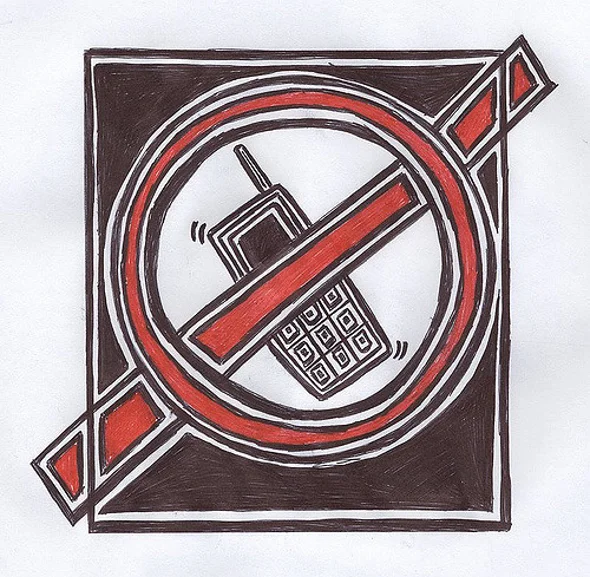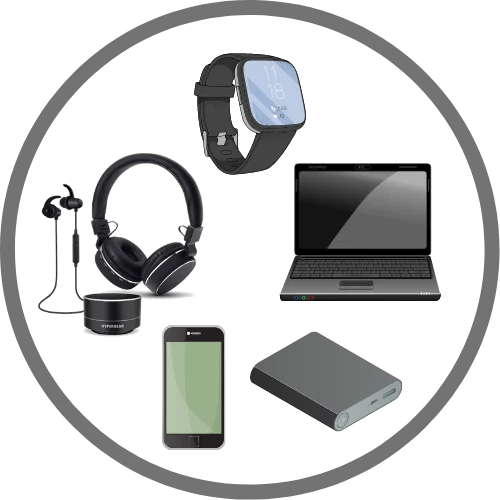Can Cell Phones Cause Cancer?

Cellphones emit low levels of radio magnetic radiation which are not linked to cancer risks, unlike that which comes from X-ray machines, which does increase cancer risks.
Studies have recently shown that long-term mobile phone use may increase acoustic neuromas, raising concerns that this use could promote cancer or speed up existing tumor growth.
Radiofrequency electromagnetic energy
Mobile phones and other portable electronic devices typically emit radiation in the nonionizing, radiofrequency portion of electromagnetic spectrum, which does not damage DNA and therefore does not increase risk of cancer.
Studies conducted on laboratory animals have not found a relationship between cell phone usage and tumor development; however, some researchers have criticized these studies for failing to take into account important variables which might impact results, such as user habits or how long users have used phones.
Cell phone technology keeps evolving quickly, making it hard to compare results across time. Furthermore, people may not remember accurately how much or for how long they used their phones; and excessive cell phone use often leads to sedentary lifestyles that increase obesity and diabetes risk.
Ionizing radiation
Since the 1980’s, mobile phones have become an essential component of everyday life. Many individuals have even abandoned landlines altogether in favor of using cell phones exclusively as means of communication. While this technology may offer several benefits, researchers remain concerned about potential health risks.
One of the primary concerns with mobile phone radiation is its potential link to cancer. Studies have demonstrated this effect, similar to ionizing radiation’s, which damages DNA and can cause tumors.
However, evidence relies solely on epidemiology and animal experiments – both of which have limited applications. Studies that rely on epidemiology or animal experiments may produce misleading results as it’s hard to account for chance and bias in study designs. Studies also tend to be inconsistent – for instance some have concluded that heavy mobile phone users have an increased risk of brain tumours while other have found no increase in this form.
Electromagnetic fields
Non-ionizing electromagnetic fields (NIEMFs) are waves of electric and magnetic energy found everywhere around us, such as power lines, electrical appliances and devices that use electricity, as well as radiofrequency radiation emitted by cell phones. Unfortunately, no scientific evidence exists showing NIEMFS exposure increases cancer risk.
Epidemiological studies have suggested an association between heavy and prolonged cell phone usage and brain tumours. Unfortunately, however, these correlations cannot definitively link one factor with another and cannot prove cause and effect relationships; additionally they are subject to errors, bias, and confounding that may skew results.
While some scientists have cautioned of an increased risk of brain tumour due to regular cell phone usage, others caution not to panic. Cell phones provide emergency callers with crucial information regarding their location and situation – as well as alert police or rescue crews in an event of an accident.
Cancer-causing mutations
Gene mutations are extremely prevalent within the human body and usually result in harmless cell deaths; however, they can sometimes remain active over time and eventually cause cancer – often starting in different places in different organs of the body and needing more than one mutation to spread uncontrollably.
Some mutations are passed down from parents, while others occur naturally during cell division. Hereditary mutations account for around 5 percent of cancer cases. According to research published by Science, random DNA errors play a pivotal role in cancer formation.
Bert Vogelstein and Tomasetti employed a mathematical model to demonstrate that across 32 cancer types, random DNA copying errors account for nearly two-thirds of cases, while environmental or inherited gene influences also play a part in mutations arising. For instance, lung cancer cases show this to be particularly true – in lung cancer, 66% of critical mutations result from random DNA copying errors while 29 % come from environmental causes (like smoking) while the remaining 5 percent come from inheritance.







